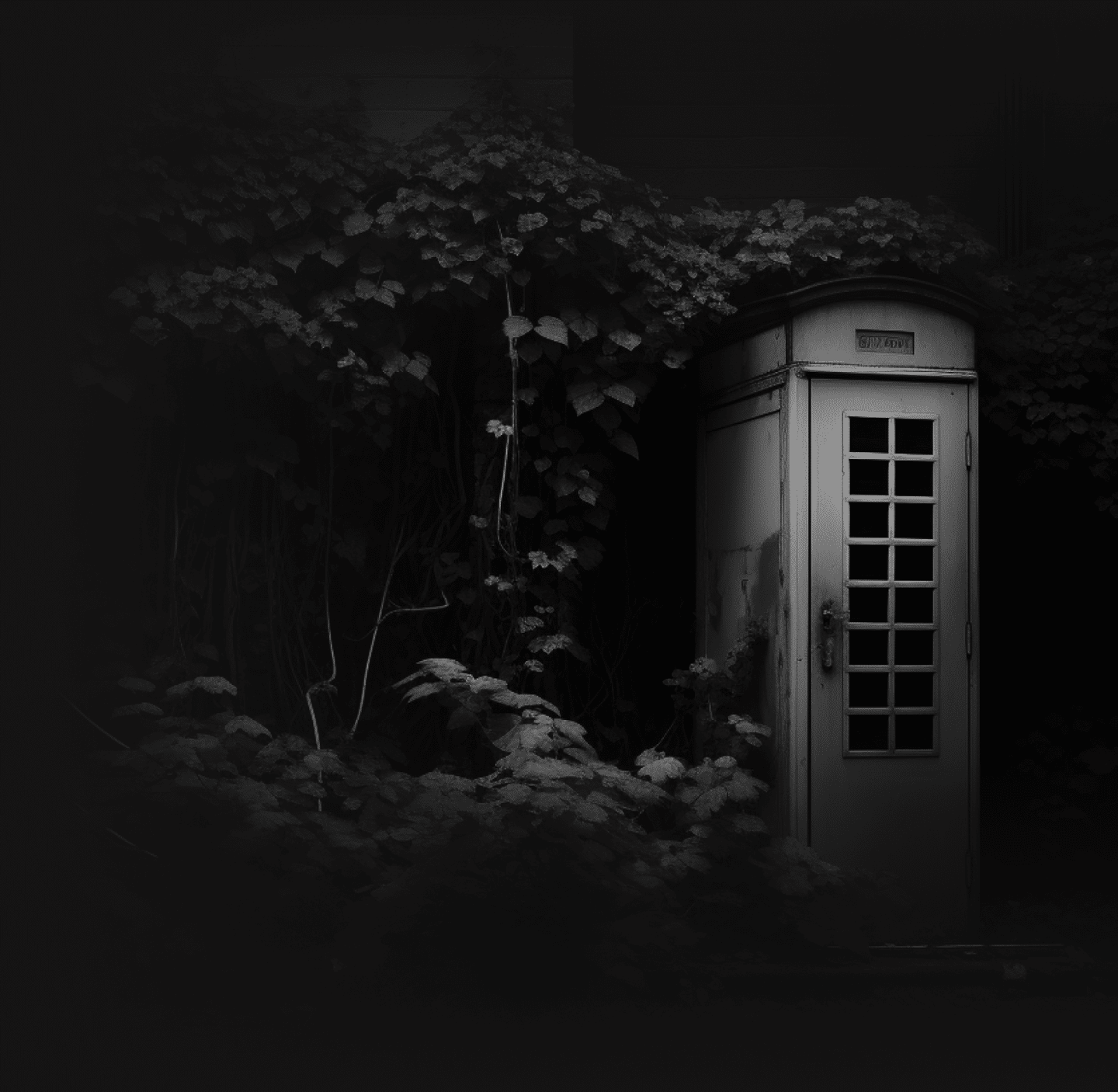What is JK Connect
JK Connect is Japanese Knotweed Solutions’ proprietary system for managing the thousands of visits that we carry out each year, holding up-to-the-minute site data, providing alerts and other information to clients about our visits and collating and sending out our site inspection reports.
JK Connect uses data provided by JKSL’s clients along with treatment data collected during our site inspections to provide you with a full picture of how your management plan is progressing – and it provides JKSL with the information we need to contact you and communicate about the works on your site, as well as to arrange site visits and carry out our operations with the greatest efficiency.

Stay Updated On Your Site
JK Connect provides instant access to your information and allows us to issue updates and reports quickly, in easy-to-understand formats. It means all your information is stored in one place and, because all of our works are carried out by in-house teams, it means that the operatives who attend your site all have the most up to date information about your site.
Request a quote
What You’ll Be Notified About
While this is a useful tool, we know that your time is important, so we limit the automated communications from JK Connect to the following:
- Notifications of registration to the JK Connect system,
- Periodic emails to confirm the details we have about your site (usually once per year)
- Annual confirmations of the schedule of visits to your site (usually about a month before the first scheduled revisit, or at the beginning of the year for guarantee visits),
- Automated communications to let you know when we will be in your area to carry out visits (which we will only send if the visit is outstanding and which we won’t send more often than every couple of weeks),
- Notice of confirmed visits – normally these will be sent on the Friday before the visit is due, just a courtesy – where we’ve got a note to contact you in advance to arrange a visit, this will be done by a human being!
- Inspection reports and photographs concerning visits carried out on your site.

Don’t Let That Suspicious Weed Grow
contact us nowHowever, in all cases, we would ask that you make sure that [email protected] is added to your safe senders list, to make sure that you receive all reporting and other JK Connect communications.
You can also change or update your contact details at any time – but because these are important business communications, we request that you do this by contacting [email protected] – there are no “unsubscribe” links in JK Connect emails.
You will not be signed up for marketing communications by default; JKSL’s marketing communications are managed separately and will always have an “unsubscribe” link on them – however, if you have any issues, you can update your communications preferences by emailing [email protected]
You can also request copies of your previous reports, site drawings and other information that we hold about your site at any time by emailing [email protected]

“We have employed Japanese Knotweed Solutions on a number of sites in the Knowsley area. They have an excellent understanding of our requirements and they liaise with us in a professional yet informal way. Japanese Knotweed Solutions have also provided valuable training to a number of our staff and our partnership agency staff…”
Knowsley Housing Trust
Case Study: Harbet Road, London
The project encompassed extensive preparatory tasks, including site clearance, dealing with various invasive plant species, hazardous materials, essential services, and addressing large-scale fly-tipping.
The employees of Japanese Knotweed Solutions (JKSL) showcased a diverse set of skills during the project. They efficiently managed the site and subcontractors throughout the entire process, undertook tasks like installing fencing, scanning for underground services, performing chainsaw and tree operations, using mechanical methods for invasive species removal, applying pesticides, and serving as plant operators, slingers, and banksmen.
Value: £190,000
View Case Study

